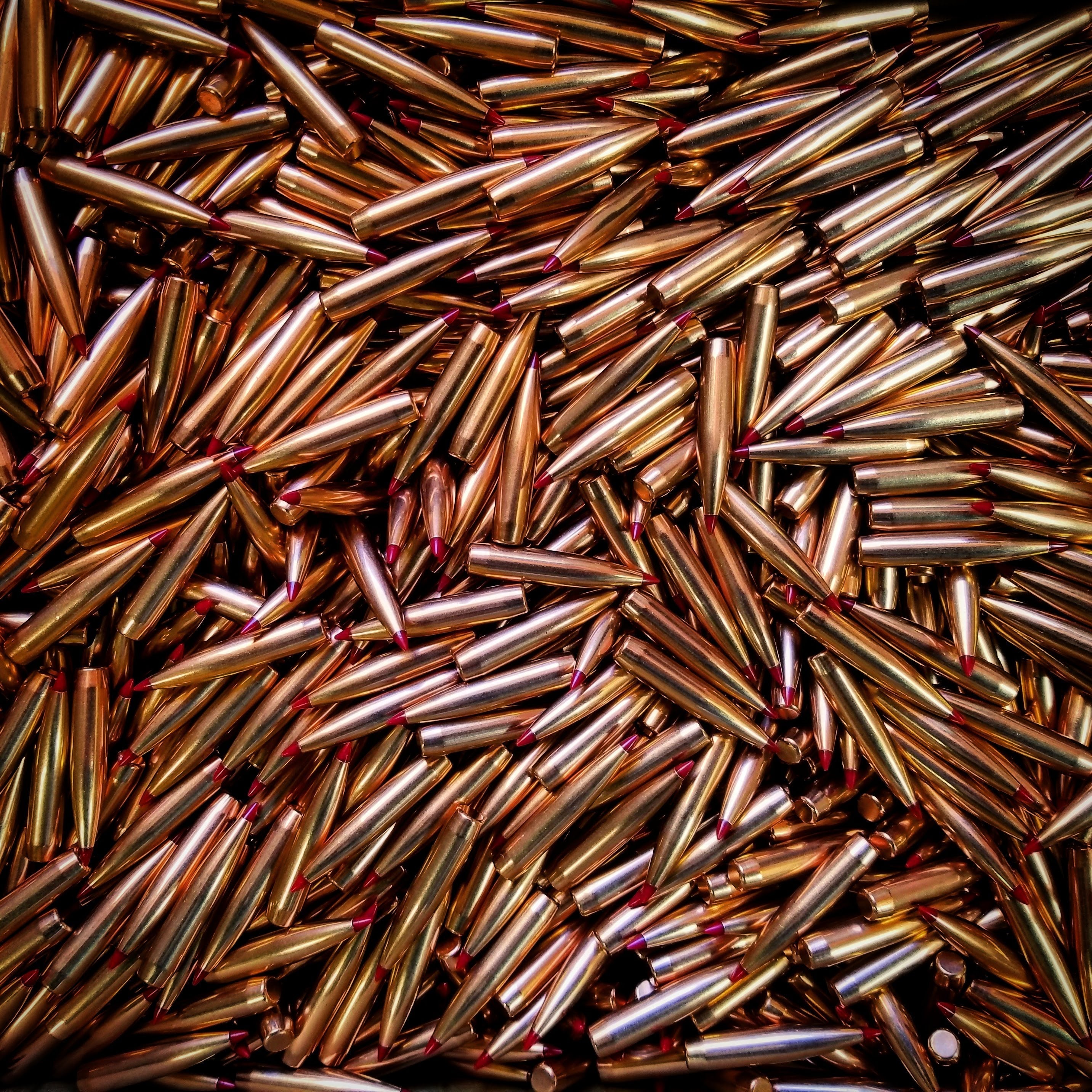Precision is in the Details
In the world of precision rifle shooting, every detail counts—and few are as vital as bullet seating depth. Whether you're an experienced reloader or just getting started with handloading, understanding and controlling seating depth can dramatically influence your rifle's accuracy, consistency, and overall performance.
In this article, we’ll explore:
- What seating depth is and why it matters
- How it affects pressure, velocity, and accuracy
- Best practices for measuring and adjusting seating depth
- Tools you need to get it right
What is Seating Depth in Handloading?
Seating depth refers to how deep the bullet is seated into the cartridge case. It’s typically measured by Cartridge Overall Length (COAL) or more precisely, the distance from the bullet’s ogive to the lands of the rifle’s barrel.
While COAL is useful, serious precision reloaders focus on CBTO (Cartridge Base to Ogive) for greater repeatability and consistency.
Why Seating Depth Matters for Precision Rifles
1. Pressure and Velocity: Changing seating depth can affect the internal case volume, which in turn changes chamber pressure and muzzle velocity. A deeper-seated bullet reduces the case volume, potentially increasing pressure.
2. Accuracy: The bullet’s jump to the rifling—the distance it travels before engaging the lands—can have a significant impact on how it stabilizes in flight. Fine-tuning this jump can lead to tighter groups and improved consistency at long range. Many precision shooters find optimal accuracy when the bullet is seated 0.010" to 0.020" off the lands, but this varies depending on the rifle and bullet type.
3. Consistency: Handloading is all about reducing variables. Controlling seating depth removes one of the biggest sources of inconsistency in factory ammunition.
How to Measure and Control Seating Depth
Step 1: Determine Your Rifle’s Max COAL to Lands
Use a chamber comparator or an OAL gauge (e.g., Hornady Lock-N-Load OAL gauge) to measure the point where a bullet just touches the lands in your barrel. The RYT Gear Modified Case Jig Kit is a valuable tool enabling easy creation of custom modified cases from once fired brass matched to your chamber.
Step 2: Set Your Target Jump Distance
Start by choosing a jump distance (e.g., 0.020") and subtract it from your measured COAL-to-lands value. This becomes your target seating depth.
Tip: Always work up your load from below max pressure when changing seating depth.
Step 3: Use a Micrometer Seating Die
A high-quality micrometer seating die gives you precise control over seating depth adjustments, often down to 0.001".
Tools You’ll Need
- Calipers (digital or dial)
- OAL gauge & Modified Case
- Comparator inserts
- Micrometer seating die
- Reloading press
Fine-Tuning for Maximum Accuracy
Once you've identified a safe and consistent seating depth, test variations in small increments (e.g., ±0.005") to find your rifle’s "sweet spot." Record your results and environmental data to understand how changes impact group size and point of impact.
Conclusion: Small Adjustments, Big Results
Controlling seating depth in handloading is not just a technical detail—it’s a cornerstone of precision rifle accuracy. By understanding its effects on pressure, velocity, and bullet stability, reloaders can produce ammunition that is tailored to their rifle's chamber, maximizing both consistency and performance.
Whether you're chasing sub-MOA groups or pushing your limits at long range, mastering seating depth is one of the best investments you can make in your shooting journey.
Bonus Tip: Keep a Reloading Log
Track seating depth, powder charges, case lots, and environmental conditions in a detailed reloading log. Consistency starts with good data.



Share: